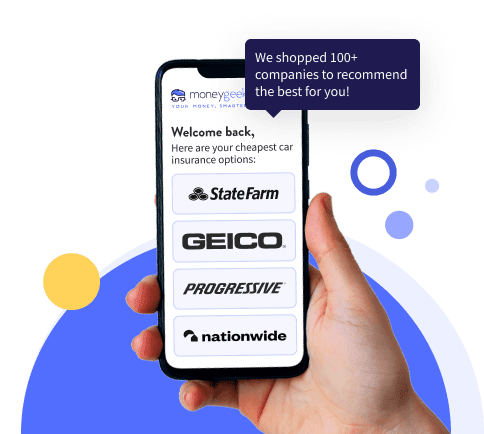MoneyGeek and the Insurance Information Institute have these recommendations for how much car insurance you need:
- You need at least your state's minimum coverage to drive legally, but these minimums only make sense when you can't afford higher cost insurance, have a low value car, and have minimal assets. Most states require 25/50/25 coverage ($25,000 per person for bodily injury, $50,000 per accident, $25,000 for property damage).
- How much liability coverage do you need? Most drivers should have at least 100/300/100 liability coverage, which means $100,000 per person, $300,000 per accident, and $100,000 for property damage. This provides solid protection if you're at fault in an accident, though higher limits like 250/500/250 offer better protection against major claims that could exceed minimum coverage.
- Do you need full coverage? Full coverage combines comprehensive and collision insurance to cover damage to your own vehicle from accidents, weather, theft, and other incidents. Most drivers with cars worth more than $3,000 need it, and lenders require full coverage on financed or leased vehicles.
- You may need uninsured motorist, personal injury protection (PIP) or medical payments coverages. UM coverage protects you if hit by an uninsured driver. Personal injury protection (PIP) covers medical bills and lost wages regardless of fault. These coverages are mandatory in 22 states for UM/UIM and 13 states for PIP.
The table below helps you understand what is basic coverage, good coverage, and premium coverage by coverage type.









